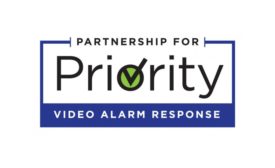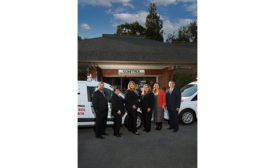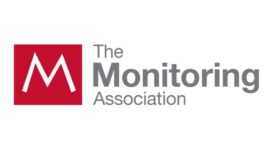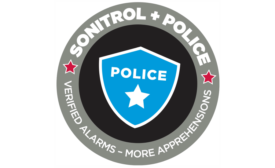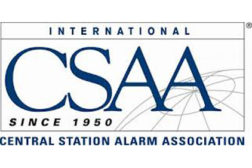Home » Keywords: » alarm verification
Items Tagged with 'alarm verification'
ARTICLES
SDM EXCLUSIVE
SDM 2020 Dealer of the Year Shines Bright
This company was among the first to feel the effects of COVID-19. Like the rock they are named for, they not only weathered the crisis, but discovered hidden gems of opportunity and came out stronger than before.
December 3, 2020
The Changing Definitions of Alarm Verification
New terms, definitions and resolutions hope to push the alarm verification movement forward with greater cooperation from all sides.
January 4, 2016
Be in the forefront of security intelligence when you receive SDM.
Join over 10,000+ professionals when you subscribe today.
SIGN UP TODAY!Copyright ©2024. All Rights Reserved BNP Media.
Design, CMS, Hosting & Web Development :: ePublishing
